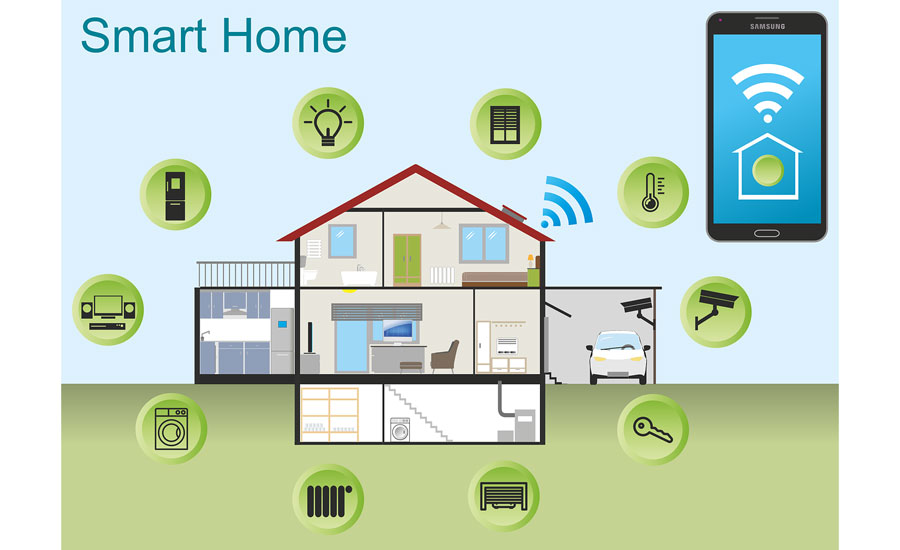Understand How To Optimize The Performance And Resilience Of Your Heatpump System By Avoiding Regular Installation Pitfalls
Understand How To Optimize The Performance And Resilience Of Your Heatpump System By Avoiding Regular Installation Pitfalls
Blog Article
Short Article Developed By-Vind Wheeler
When mounting a heat pump, you have to steer clear of typical errors that can jeopardize its performance. Neglecting proper sizing may lead to inefficiencies and greater energy costs. Overlooking insulation and sealing might result in power wastage and strain on the system. Moreover, positioning the outside system improperly may influence its performance. By preventing these mistakes, you can make sure optimal functioning and toughness of your heat pump system.
Improper Sizing of Heat Pump
When it involves the installation of heat pumps, among the most typical errors is incorrectly sizing the unit for your space. Guaranteeing the ideal dimension is vital for optimum performance. If the heat pump is also small, it will certainly battle to warm or cool your room efficiently, leading to boosted energy costs and potential deterioration on the system.
On the other hand, if the heatpump is also large, it will cycle on and off frequently, causing temperature fluctuations and decreasing its lifespan.
To avoid this mistake, it's vital to have a specialist assess your space and advise the proper dimension of the heat pump based upon variables like square footage, insulation, ceiling elevation, and neighborhood environment. By spending the moment and initiative to ensure the right sizing, you can enjoy a comfy environment while taking full advantage of power efficiency and extending the life expectancy of your heatpump.
Inadequate Insulation and Sealing
To guarantee the effective operation of your heat pump, it's important to address poor insulation and sealing in your room. Appropriate insulation aids maintain a constant temperature level inside, decreasing the work on your heatpump. Poor insulation can result in power loss, making your heatpump job harder and much less efficiently.
Securing any spaces or leaks in your space is similarly important. These spaces enable conditioned air to leave and outdoor air to seep in, compeling your heatpump to compensate for the temperature changes.
Inaccurate Placement of Outdoor Device
Resolving the placement of your heatpump's outside unit is vital to optimizing its performance. Setting up the outdoor system in a wrong location can bring about efficiency issues and potential damage to the system.
One common mistake to avoid is putting the outside system as well close to a wall or other frameworks. https://www.wbir.com/article/money/rolling-windows-and-using-max-air-conditioning-can-help-save-money/51-d9db86b1-57f0-41e8-95ae-203c3fc2b9ff can restrict airflow, creating the device to function more challenging to warmth or cool your room, eventually reducing its performance and life expectancy.
An additional mistake to avoid is placing the outside unit in direct sunshine. While some sunshine is inevitable, excessive direct exposure can cause overheating, particularly during hot summer days. It's finest to place the outdoor system in a shaded area to help maintain its optimum operating temperature.
Furthermore, ensure that the outdoor system is put on a stable and level surface area. Unequal ground can trigger vibrations and unneeded pressure on the unit, impacting its efficiency with time.
Conclusion
In conclusion, avoiding usual mistakes during heatpump installment is necessary for making the most of efficiency and long life of your system. By ensuring proper sizing, appropriate insulation, securing, and proper placement of the exterior system, you can stop issues such as ineffectiveness, raised power expenses, and pressure on the unit. Putting in visit the up coming website to address these crucial variables will ultimately conserve you money and time in the future.
